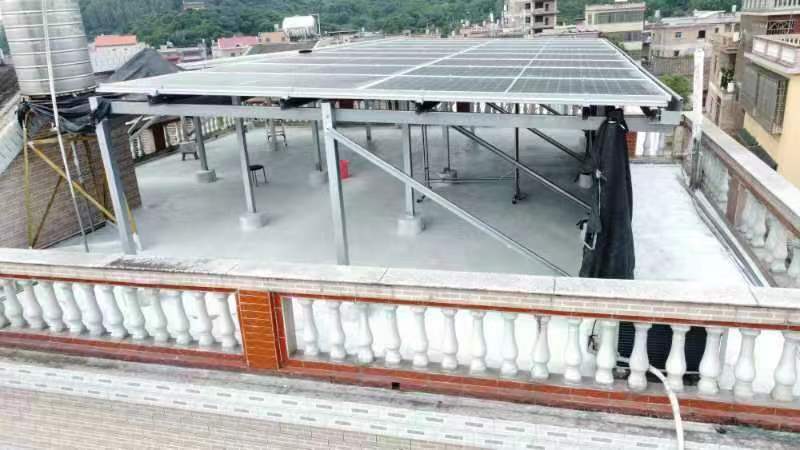Key Considerations for Off-Grid Solar Design
Introduction: With the increasing demand for sustainable and reliable energy sources, off-grid solar systems have gained significant popularity. These systems provide clean and renewable energy, allowing individuals and communities to become self-sufficient. However, designing an effective off-grid solar system requires careful consideration of various factors. In this blog post, we will explore the essential information you need to know when designing an off-grid solar system.
- Energy Consumption Assessment: Before designing an off-grid solar system, it is crucial to assess your energy needs accurately. Calculate your daily energy consumption by considering appliances, lighting, electronics, and other electrical devices. This assessment will help determine the size and capacity of the solar system required to meet your energy demands.
- Solar Resource Evaluation: Understanding the solar resource potential at your location is vital for an off-grid solar system. Assess the amount of sunlight available throughout the year, considering factors such as shading, weather patterns, and seasonal variations. Tools like solar radiation maps and solar path calculators can assist in evaluating the solar resource potential of your area.
- Battery Bank Sizing: Off-grid solar systems rely on battery banks to store excess energy generated during sunny periods for use during cloudy days or at night. Proper battery bank sizing is crucial to ensure a reliable power supply. Consider factors such as the desired depth of discharge, battery lifespan, and the ability to meet peak energy demands. Consult with experts or use online tools to determine the optimal battery bank capacity.
- Inverter Selection: An inverter is an essential component of an off-grid solar system, converting DC power from the solar panels and batteries into AC power for household use. When selecting an inverter, consider factors like power rating, efficiency, surge capacity, and the ability to handle the expected load. It’s important to choose an inverter that matches the system’s voltage and power requirements.
- Backup Power Generation: In regions with low solar resources or high energy demands, it may be necessary to incorporate additional backup power sources into your off-grid solar system design. Diesel generators, wind turbines, or micro-hydro systems can provide supplementary power during extended periods of low solar energy. Carefully assess the feasibility, cost, and environmental impact of such backup options.
- System Monitoring and Maintenance: Regular monitoring and maintenance are essential to ensure the optimal performance and longevity of your off-grid solar system. Install monitoring equipment to track energy production, battery status, and system performance. Develop a maintenance plan that includes cleaning solar panels, checking battery health, and conducting routine inspections of electrical components.
Conclusion: Designing an off-grid solar system requires a comprehensive understanding of energy consumption, solar resources, battery sizing, inverter selection, backup power options, and system monitoring. By considering these key factors, you can create a reliable and efficient off-grid solar system that meets your energy needs while reducing your environmental impact. Embrace the power of solar energy and enjoy the benefits of energy independence with a well-designed off-grid solar system.



Comments are closed